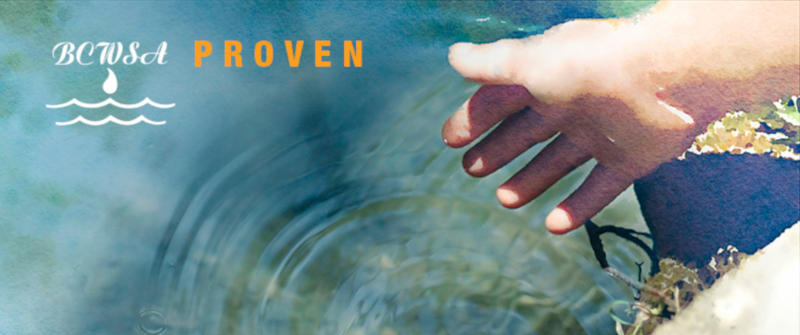Updated: April 24, 2015
If you are a landowner:
- Plant native species of trees and shrubs.
- Stop mowing to the streams edge.
- Join your local watershed conservation organizations.
- Protect buffers through conservation easements.
If you are a farmer:
Fence streams.
Enroll buffers in set aside programs.
Partner with local watershed and sporting organizations.
Consider alternatives to cropping that also provide economic returns while preserving buffers.
If you are a developer:
Avoid removing streamside trees and shrubs.
Incorporate conservation into your subdivision designs.
If you help run a business or industry:
Plant native species of trees and shrubs.
Consider sponsoring a school or community organization that wants to plant trees.
Consider options for limiting business activities that impact buffers.
If you belong to a conservation or volunteer organization:
Plant native species of trees along streams.
Partner with agricultural landowners and municipalities.
Organize volunteers and work parties to help maintain buffers.
If you are a municipal official:
Adopt zoning that protects and improves stream corridors.
Support landowners who protect their buffers.
Partner with neighboring municipalities to promote consistent ordinances.
Create recreational greenways.
If you are a student or teacher:
(Colleges / Universities) – Conduct research to help further define buffer values and maintenance techniques.
Incorporate buffer protection activities into lesson plans.
Establish a buffer on school premises if you have a stream or pond.
If you work for a regional, state or federal agency:
Develop new information and act as a clearinghouse for existing information.
Develop guidelines for establishing and maintaining buffers, and provide technical assistance.
Establish incentives for participation.
Reproduced courtesy of and developed by the Alliance for the Chesapeake Bay under a grant from the Pennsylvania Nonpoint Source Management Program, Pennsylvania Department of Environmental Protection (DEP). Funding was provided by DEP through Section 319 of the Federal Clean Water Act administered by the Environmental Protection Agency – www.dep.state.pa.us/See&hear/streamreleaf/Stream_Releaf.htm.
